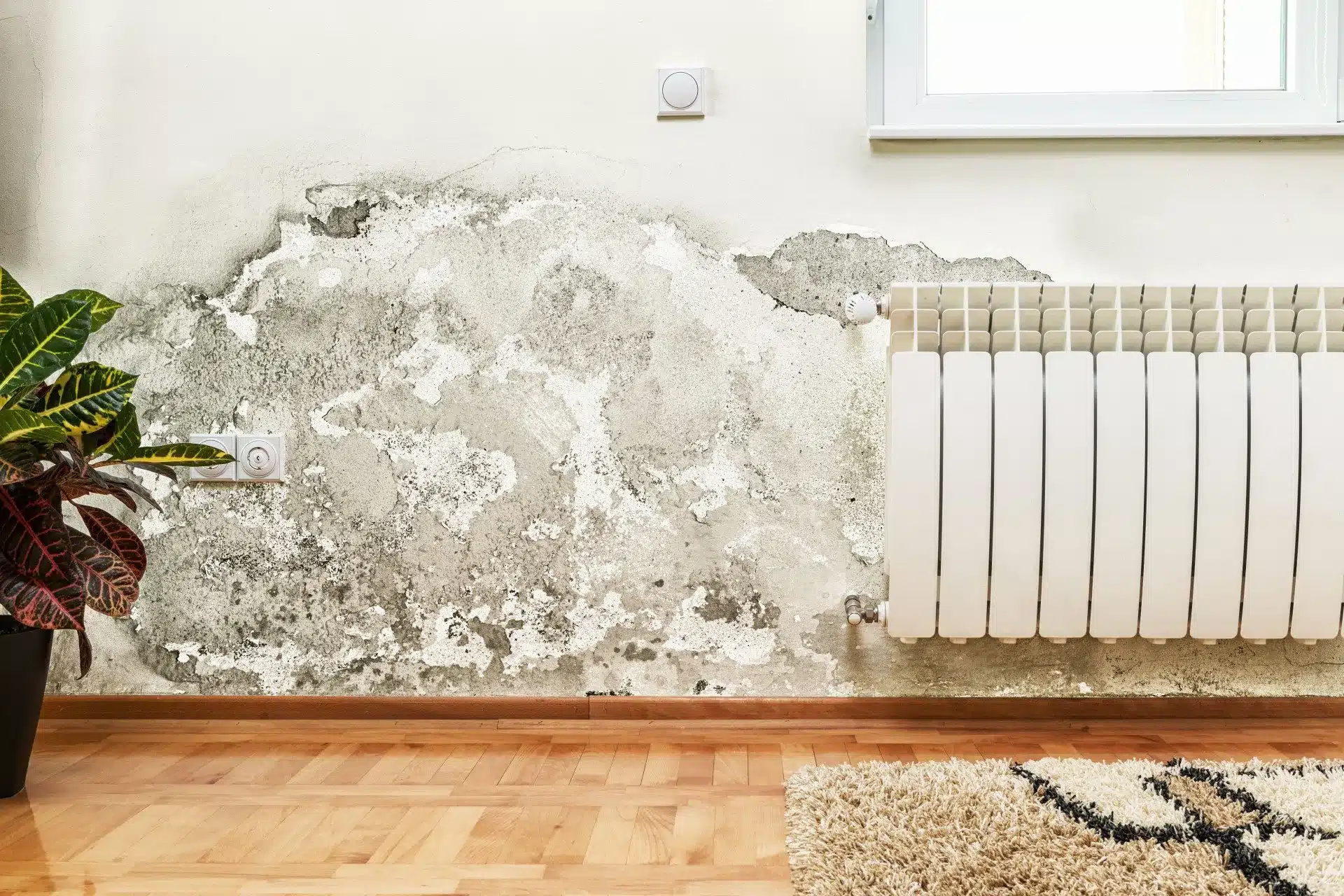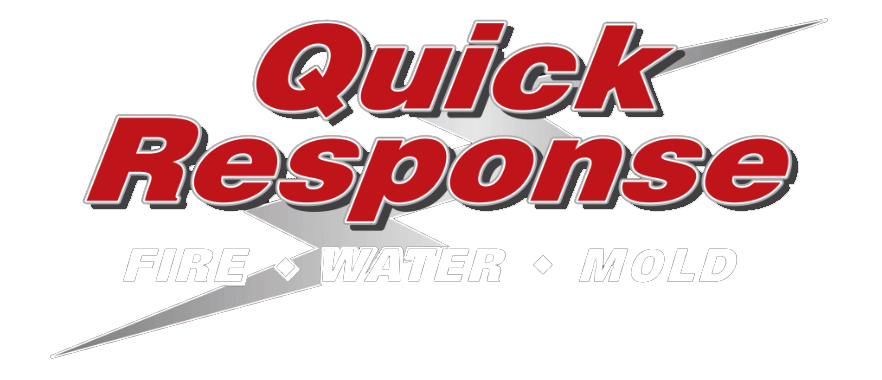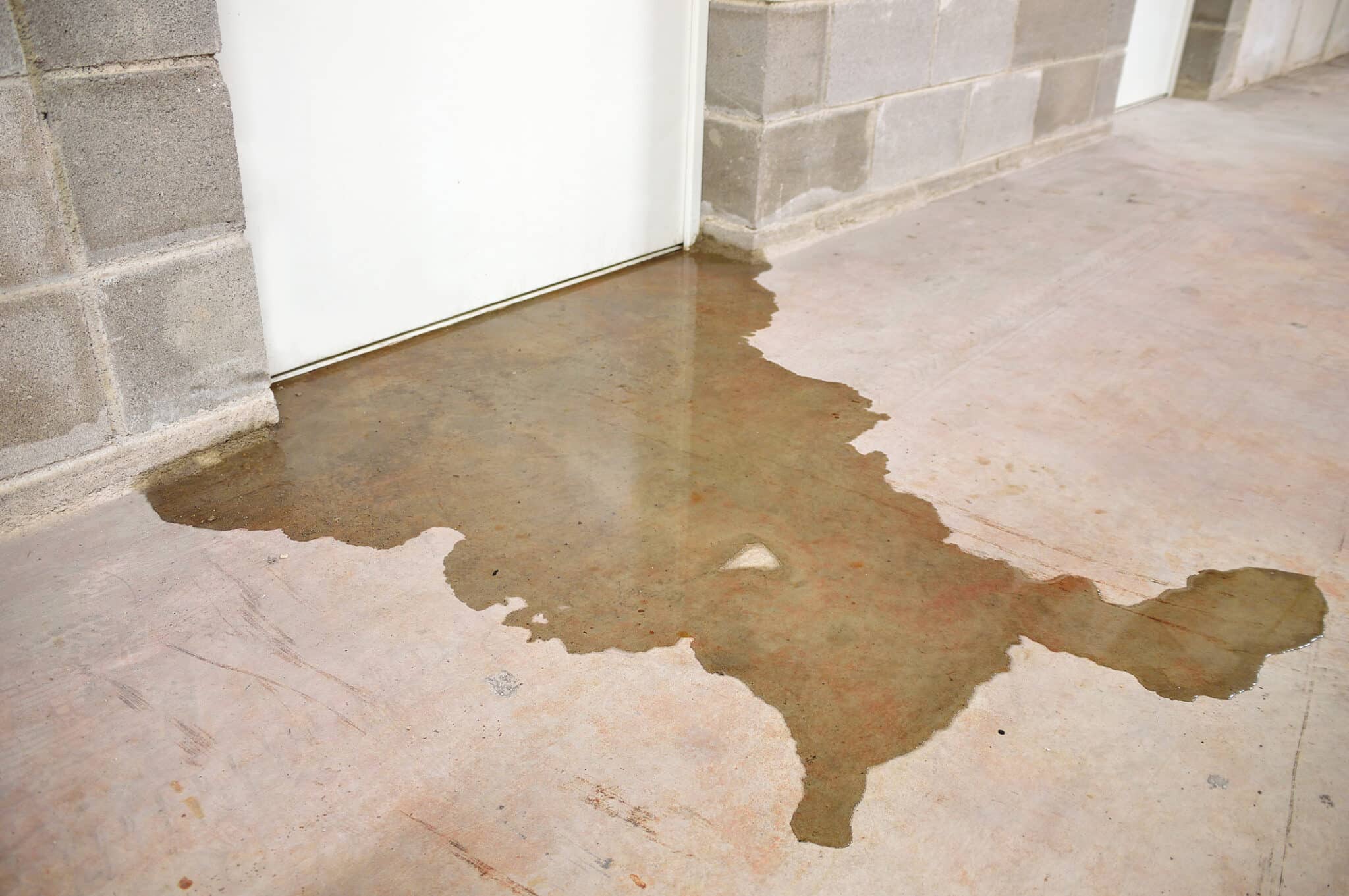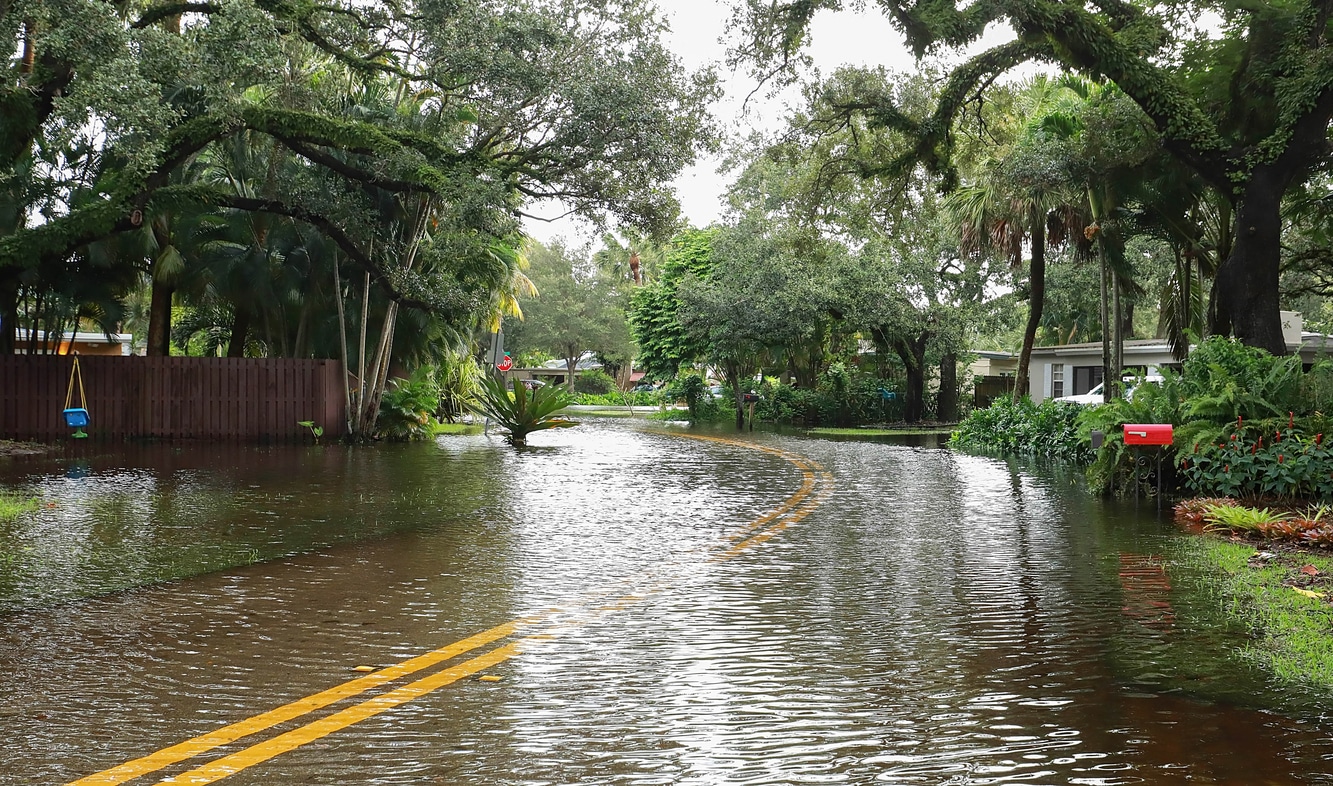A flooded basement is a nightmare for any homeowner. Whether it’s from heavy rain, a…

6 Ways Your Home May Be Susceptible to Water Damage
If you’re anything like most homeowners, water damage is one of your greatest fears. Dampness can lead to all kinds of problems if left unchecked. About 29% of home insurance claims come from water damage, according to Forbes. Therefore, it should come as no surprise that your home may be vulnerable to water damage at some point in time. Even the most conscientious homeowner can unknowingly create conditions that make their house more susceptible to water damage or worse, a full-on flood.
Whether you discover the problem after the fact or before anyone else does, it’s better to address the issue sooner rather than later. Read on for six surefire ways your home may be vulnerable to water damage.
1. Too Much Humidity
Humidity is a measure of air moisture content. The more water vapor there is in the air, the higher the humidity will be. Humidity levels vary greatly depending on the season, geographic location, and time of day. Generally, the indoor humidity level will be somewhere between 30% and 50%, according to HVAC.com. Too much humidity is typically the result of high levels of solar energy entering the home through windows during the warmer months.
If this level of humidity isn’t moderated by indoor temperature, condensation will form on windows, doors, and walls and in your basement. Over time, this buildup can cause wall and ceiling stains, discolored paint, and mildew.
2. Delayed Maintenance
Maintaining your property is essential to ensuring your home remains safe and dry. For example, yearly inspections and routine repairs, like replacing broken or loose fixtures and caulking any gaps or cracks in your walls, are crucial. If you’ve fallen behind in any of these areas, you increase the likelihood that water damage will occur.
By regularly checking your roof, you can detect any signs of wear and tear before they become a major problem. Similarly, regular upkeep on your gutters and downspouts, like cleaning out clogged drain lines and emptying and replacing aged water filters, could help prevent an unwelcome water intrusion.
3. Aging Infrastructure and Fixtures
While it’s important to respect your home’s structure, it’s also essential to keep up with the maintenance associated with your plumbing systems. Aging infrastructure and fixtures, like waterlogged or leaking pipes, are potential causes of water damage.
The first step in preventing any damage from occurring is to identify the potential issue. This can be done by checking and replacing any necessary parts, like a faulty shower head or leaky faucet, and inspecting any damage or wear on your plumbing, electrical, or heating systems.
4. Lack of Drywall Patching and Caulking
If your walls aren’t properly patched, caulked, or painted, they’re more likely to experience water damage. Likewise, gaps and cracks in your drywall can be a source of damage if not properly sealed. A professional waterproofing course of action can help protect your home from excessive moisture. These services can be used to seal any gaps or cracks in your walls, floors, ceilings, and windows. They can also be used to repair any damage that has already occurred.
5. Water Leaking From the Roof or Walls
Any cracks or holes in your roof or exterior walls can be a potential source of water damage. Likewise, an improperly installed or failing sump pump can also be a source of water intrusion. Any leaks or cracks in your roof or exterior walls should be addressed as soon as possible. You should also have an experienced contractor assess the condition of your walls, windows, and gutters.
6. Weak and Exposed Foundation Walls
Foundation walls are prone to moisture damage because they are made of porous material. Additionally, if the foundation is not properly reinforced, it will be susceptible to water damage. In many cases, foundation wall issues are difficult to spot. This is because they’re usually hidden behind other structures. Unfortunately, this means that they may not be addressed until the issue has caused serious damage to your home.
While you can’t eliminate the threat of water damage, there are steps you can take to mitigate the risk. By following these tips, you can help protect your home from water damage, no matter what Mother Nature throws your way. Contact Quick Response Restoration today to get the help you need for your home.




